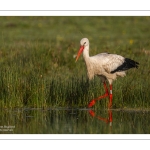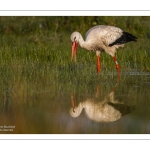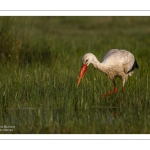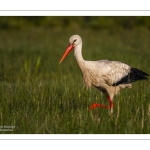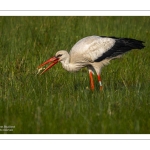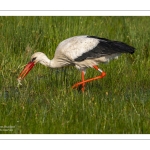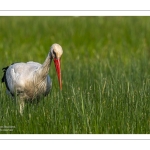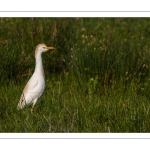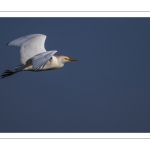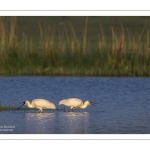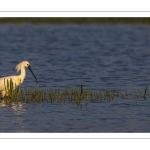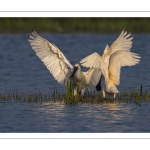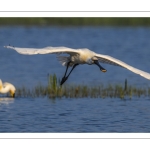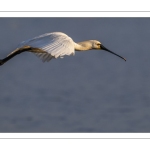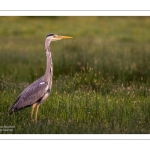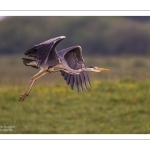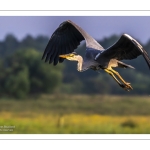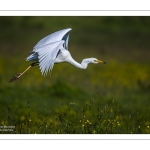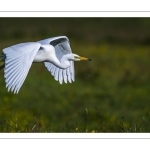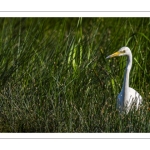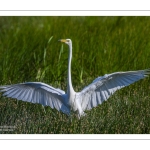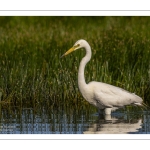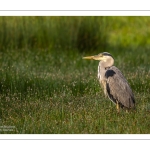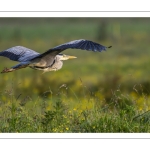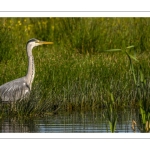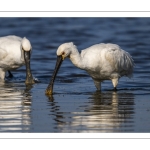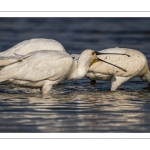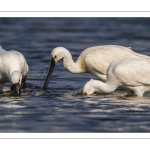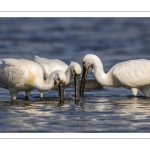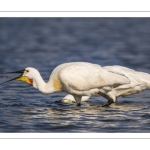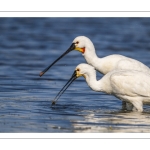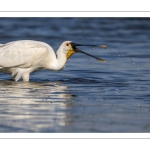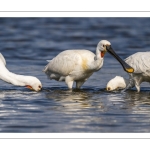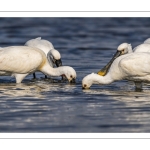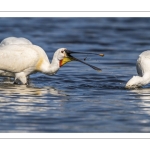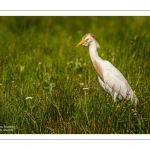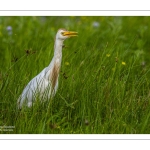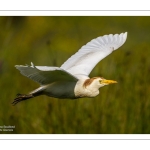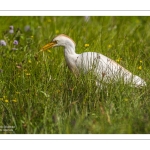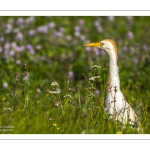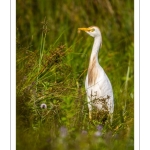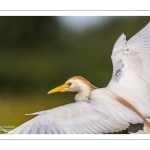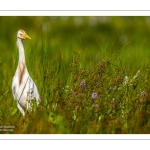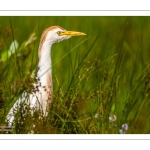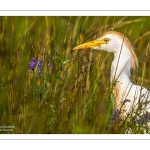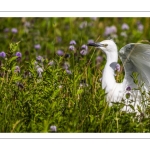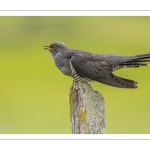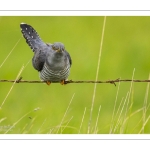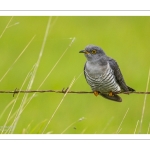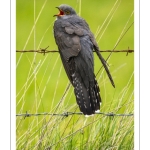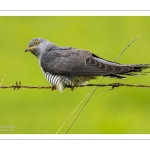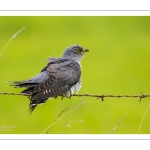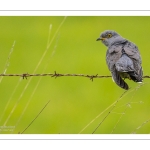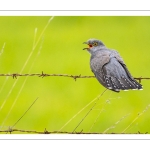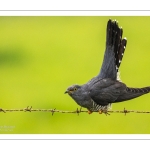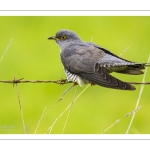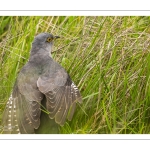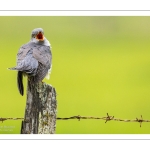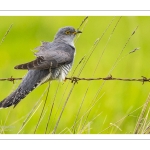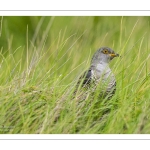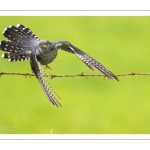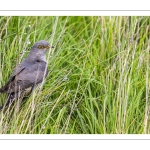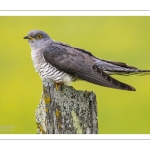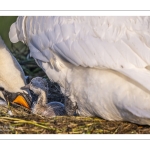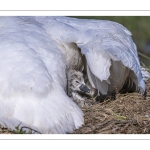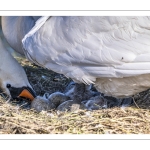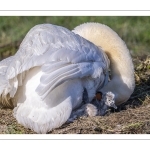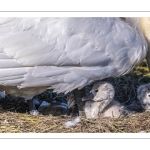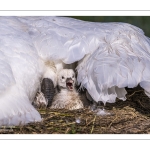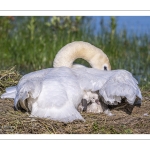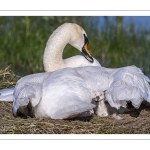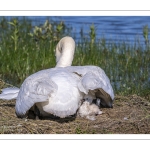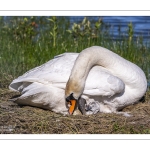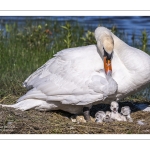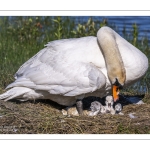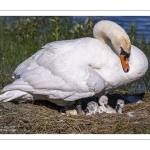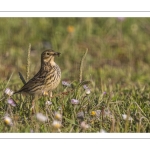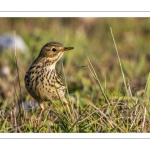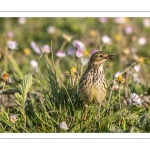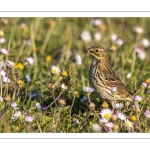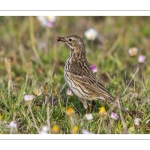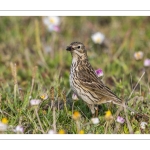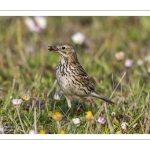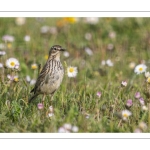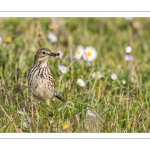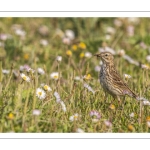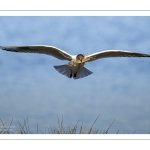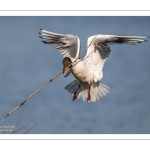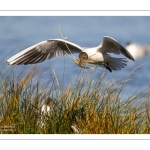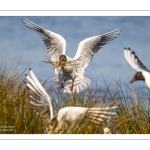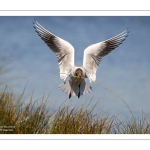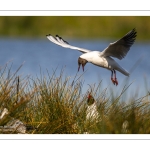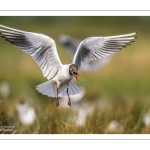Les Spatules blanches en Baie de Somme

C’est un plaisir de l’été que d’aller observer les spatules blanches ((Platalea leucorodia)) au marais du Crotoy, en baie de Somme. En Juillet/Août, on peut y observer des rassemblements importants, plus d’une cinquantaine d’individus certaines années. Elles ne sont pas là en permanence, cela dépend des marées, car si la mer est basse, le garde-manger de la baie est déjà bien fourni. Mais lorsque les spatules choisissent de venir pêcher au marais, c’est un spectacle intéressant, avec qui plus est une bonne proximité pour faire des photos.
Les Spatules pêchent seules ou en groupe, en fouillant l’eau et la vase de leur long bec applati. En effet, ce le bec hypersensible est un outil hautement spécialisé, tapissé de récepteurs mécanosensoriels, qui leur permet de détecter la moindre proie par les vibrations qu’elle crée dans l’eau et qui peut se refermer en moins de 25 ms. C’est cette sensibilité extrême qui rend son mode de nourrissage si efficace dans des milieux turbides, alors que la vue est inutile.
La spatule blanche balaie l’eau de gauche à droite, on parle de mouvement en « essuie-glace », tout en avançant. C’est usant à suivre pour le photographe ! Lorsqu’elle perçoit une proie, la course-poursuite s’engage, et souvent c’est la spatule qui gagne ! Une fois la proie sortie de l’eau, un petit mouvement du cou la propulse dans le gosier où elle est avalée tout rond.
En cette saison, les juvéniles sont aussi bien présents et ils harcèlent les adultes (reconnaissable à leur bec plus large et avec du jaune) pour obtenir de la nourriture. Ils les suivent et les pressent en piallant, çà doit être insupportable ! De guère lasse, l’un ou l’autre des adultes finit par accepter de laisser le jeune enfoncer son bec dans son gosier pour provoquer la régurgitation et nourrir la marmaille !
On peut voir quelques scènes de conflit également, toujours impressionnantes. Si les spatules chassent facilement en groupe, certaines ne supportent pas d’avoir un congénère à proximité et se précipitent sur les intrus pour leur « mordre » les pattes ou leur donner des coups d’ailes pour les chasser. Ca éclabousse !
Zoom sur les grands oiseaux en baie de Somme
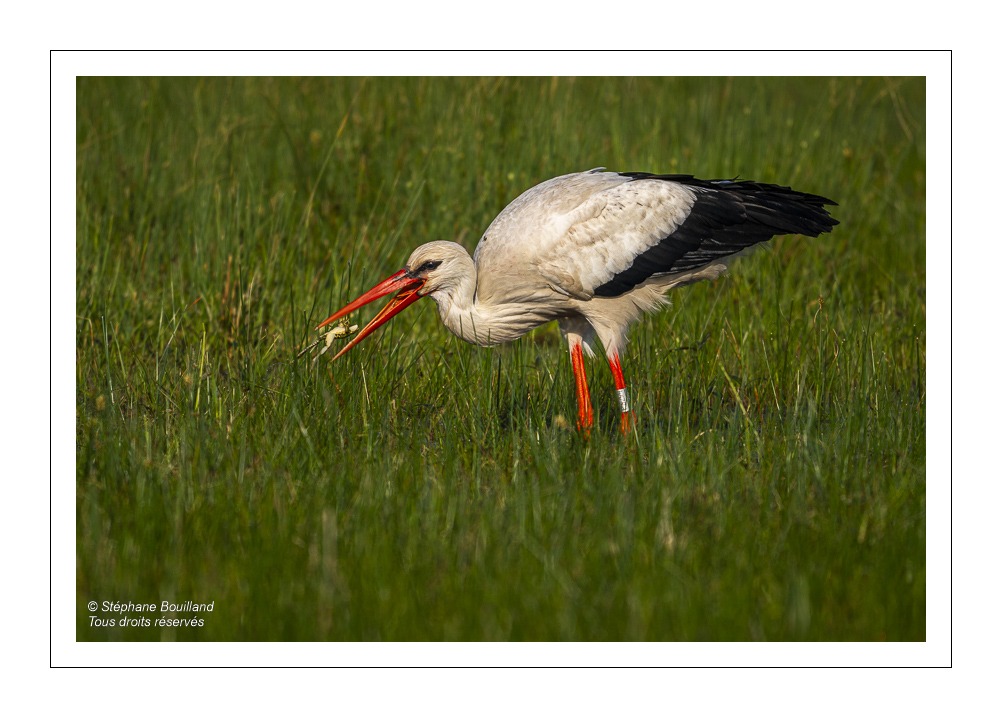
Le marais du Crotoy est un lieu privilégié pour l’observation des oiseaux pêcheurs. Niché au cœur de la Baie de Somme, cet espace naturel attire de nombreuses espèces qui viennent y trouver leur nourriture, offrant ainsi un spectacle passionnant aux observateurs attentifs.
Voici donc une série de photos réalisées au marais du Crotoy à partir de mes rencontres avec les grands oiseaux qui vienent pêcher là. La cigogne blanche par exemple a avalé au moins 5 ou 6 grenouilles en 20 minutes, elle est vraiment d’une grande efficacité. Les hérons garde-boeuf, eux, se contentent de grosses sauterelles ou des larves qu’ils peuvent trouver dans la terre soulevée par les sabots des vaches. Pour les spatules, les grandes aigrettes ou les hérons cendrés, ce sont plus les poissons qui paient un lourd tribut, idem pour les tritons. Les spatules adoptent un stratégie de pêche en groupe et c’est assez facsinant de les voir ratisser méthodique le fond de l’étang de façon très synchronisée. Vive le travail d’équipe !
Observer ces grands oiseaux en action dans le marais du Crotoy est une belle expérience pour les amoureux de la nature. Chaque espèce adopte des comportements diffrents qui illustrent l’équilibre fragile mais essentiel des écosystèmes humides.
Pour les passionnés de photographie animalière ou d’ornithologie, le marais du Crotoy est un lieu incontournable, offrant des scènes de vie sauvage riches et variées, à observer dans le plus grand respect de la faune locale.
Les coucous gris en action
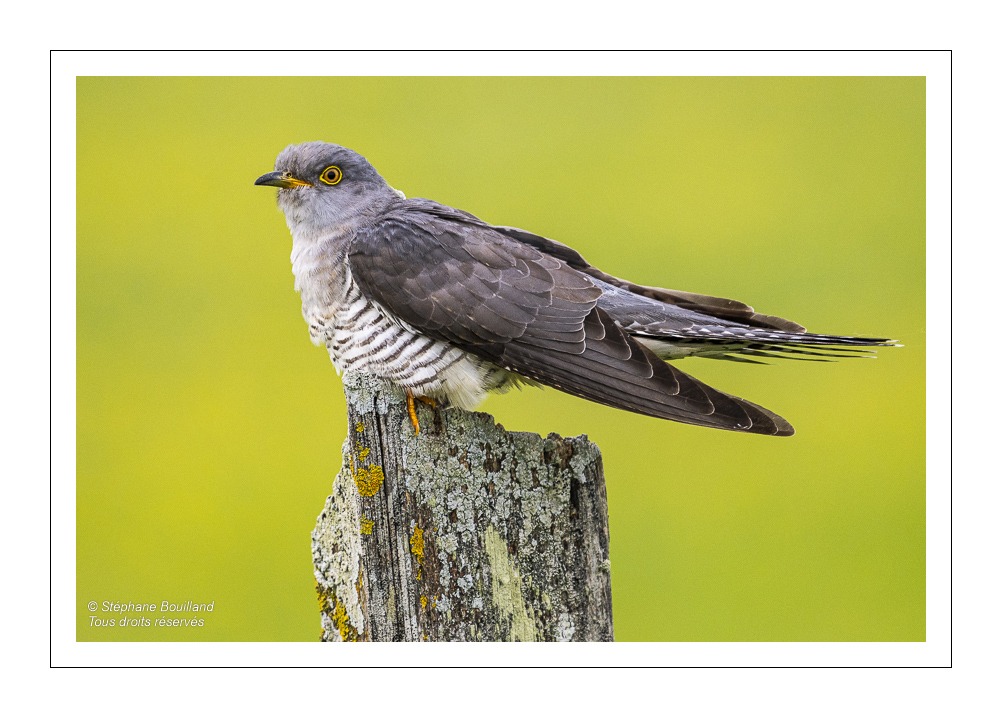
Belle rencontre au Hâble d’Ault, en Baie de Somme, avec les coucous gris, manifestement en train de parasiter un nid de Pipits Farlouses. Il semble que les coucous ne forment pas vraiment de couple, et qu’ils s’accouplent avec nombre de partenaires pour maximiser les chances d’avoir des oeufs fécondés. Toutefois, ce soir là, Monsieur bataillait avec les pipits pour faire diversion, tandis que Madame Coucou cherchait leur nid dans l’herbe pour y déposer son oeuf. Tout à leurs occupations, ils ne prêttaient guère d’attention à ma voiture et j’ai pu les approcher et les observer un long moment. Pour autant, je n’ai pas réussi à savoir si ils avaient pu commettre leur forfait…
Naissance des bébés cygnes au marais du Crotoy
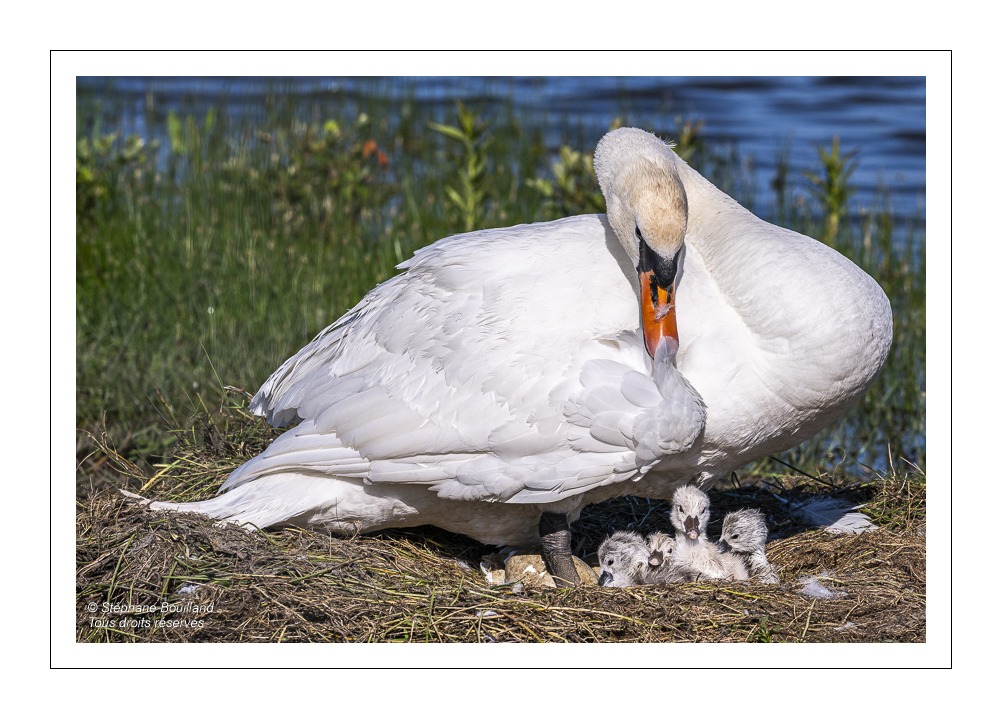
Ce matin là en arrivant au marais du Crotoy, en baie de Somme, j’ai eu la chance d’assister à l’éclosion des oeufs du cygne. Voilà plusieurs semaines que la maman couvait à proximité de la piste cyclable. J’étais intrigué par le fait qu’e la maman ‘elle sursautait de temps en temps. Manifestement il se passait quelque chose en dessous…
Je pensais que les petits avaient dû naitre et qu’il était l’heure du petit déjeuner. C’est quand j’ai aperçu le premier petit encore tout mouillé et incapable de tenir sa tête bien longtemps que j’ai compris ce qui se passait. Les autres oeufs avaient commencé à se craqueler et la maman aidait en les bougeant régulièrement. Les petits qui arriavaient avaient besoin d’un temps pour se remettre de leurs efforts mais ensuite on les apercevait bien vigoureux. La maman les placait sous ses ailes au fur et à mesure. Comme tous les bébés, ils dormaient quasiment tous.
Je suis resté 3-4 heures à entre-apercevoir de temps en temps les bébés pour faire les photos… Au total ce sont 4 cygnons qui sont nés ce matin là, le 5ème est arrivé plus tard, le 6ème oeuf n’a pas donné de petit. C’était vraiment une chance incroyable d’être présent à ce moment là et j’ai pu mesurer toute la fragilité des cygnons et voir toutes les attentions que leur prodiguait leur mère…
De quoi mesurer le prix de la vie…
Le Pipit farlouse
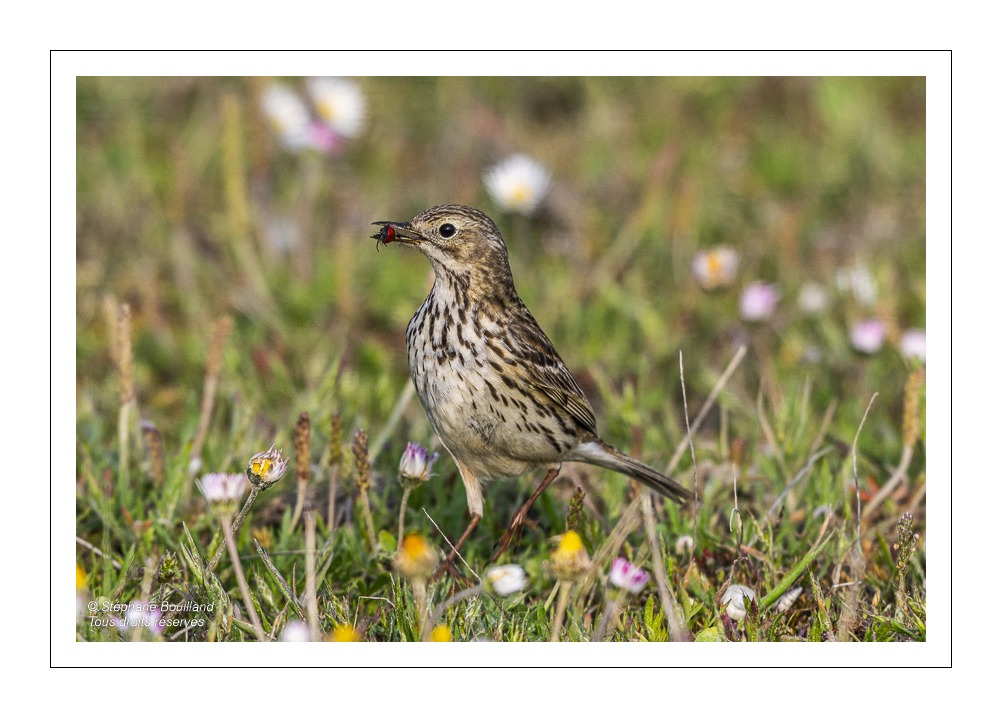
Voici le Pipit farlouse (Anthus pratensis), ce petit oiseau au nom si sympathique. Ce joli passereau paye un tribut énorme aux pesticides répandus à tout va par nos chers agriculteurs… Près des deux tiers de ses effectifs ont disparus en 20 ans, c’est l’espèce la plus en déclin de France…
Il est essentiellement insectivore et recherche les zones humides et diversifiées. Autant dire que le modèle agricole et l’artificialisation des sols sont une catastrophe pour cette espèce…
On le rencontre encore au Hâble d’Ault où il niche au sol, malgrè les chiens non tenus en laisse et les prédateurs naturels. Si vous le voyez comme ici avec des insectes plein le bec, c’est qu’il a des petits à nourrir, et c’est une bonne nouvelle !
Le spectacle de la nidification des mouettes en baie de Somme
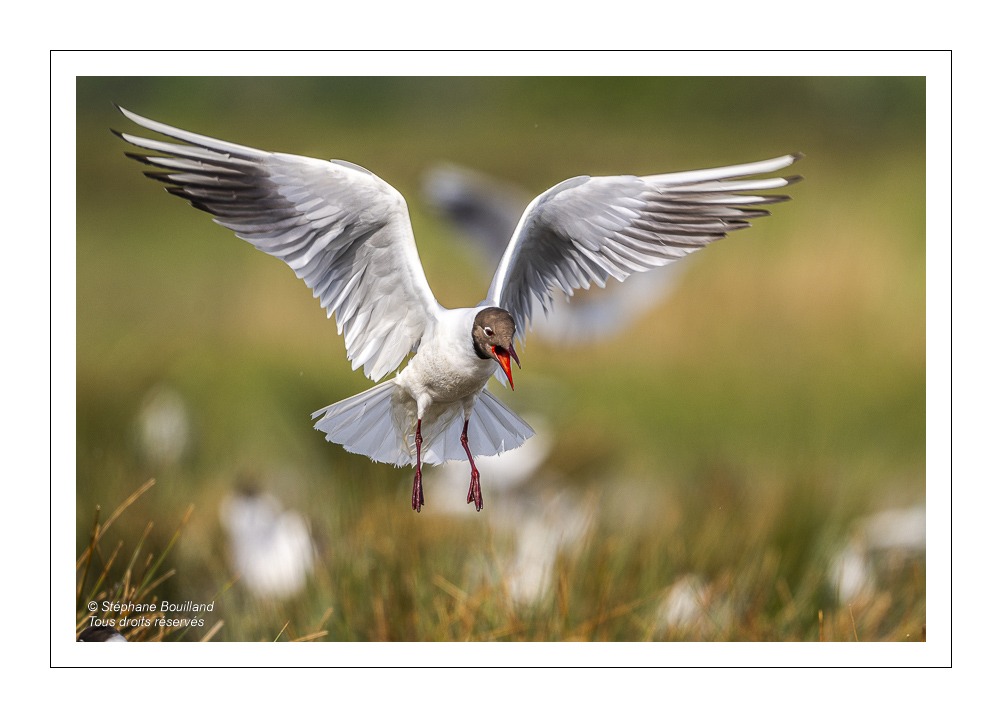
C’est toujours passionnant d’assister au spectacle de la nidification des mouettes en baie de Somme, notamment au marais du Crotoy. Ici les oiseaux nichent à quelques mètres de la route et l’observation est vraiment facile. Au moment de la nidification, c’est un véritable balai aérien qui se met en place pour apporter les petites branches et les brindilles, l’herbe sèche et la paille, sur les ilôts qui servent de dortoir. Chaque atterissage donne lieux à de multiples chamailleries du fait de la proximité des lieux. Comme leur fadeau rend leur vol maladoit et qu’en plus les mouettes se trompent parfois de nid, il y a des scènes de pugilat très fréquentes. Et ce que l’on ne voit pas sur la photo, ce sont les cris de ces oiseaux, c’est toute une ambiance !
































